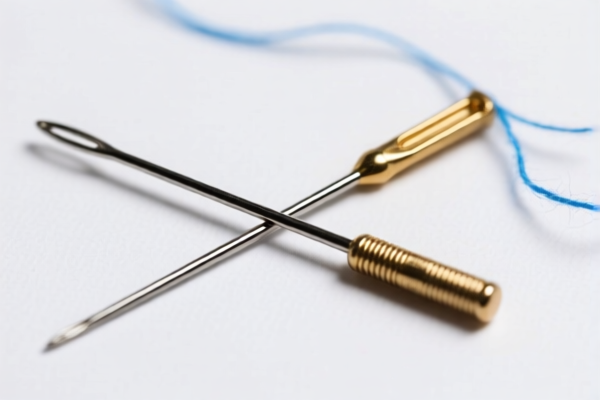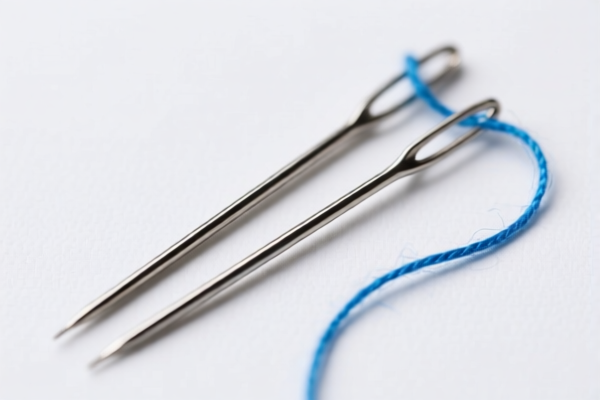| HS Code | Official Doc | Tariff Rate | Origin | Destination | Effective Date |
|---|---|---|---|---|---|
| 8424909080 | Doc | 80.0% | CN | US | 2025-05-12 |
| 8467990190 | Doc | 55.0% | CN | US | 2025-05-12 |
| 7215905000 | Doc | 30.0% | CN | US | 2025-05-12 |
| 7215500090 | Doc | 30.0% | CN | US | 2025-05-12 |
| 8205591000 | Doc | 62.2% | CN | US | 2025-05-12 |
| 8205598000 | Doc | 58.7% | CN | US | 2025-05-12 |
| 8206000000 | Doc | The rate of duty applicable to that article in the set subject t+30.0% | CN | US | 2025-05-12 |
| 8203206060 | Doc | 12¢/doz. + 5.5%+55.0% | CN | US | 2025-05-12 |
| 8203204000 | Doc | 67.0% | CN | US | 2025-05-12 |
| 9031909195 | Doc | 80.0% | CN | US | 2025-05-12 |
| 9031905900 | Doc | 55.0% | CN | US | 2025-05-12 |
| 9033009000 | Doc | 59.4% | CN | US | 2025-05-12 |




Nozzle Disassembly Tool
A nozzle disassembly tool is a specialized instrument designed to safely and efficiently remove and install nozzles on various types of equipment, primarily those involving pressurized systems or those where nozzle access is limited. These tools are crucial for maintenance, repair, and replacement of nozzles without causing damage to the nozzle itself, the surrounding equipment, or posing a safety risk to personnel.
Material
Nozzle disassembly tools are commonly constructed from the following materials:
- High-Strength Steel: Alloys like chrome vanadium steel or tool steel are frequently used for their durability and resistance to deformation under high torque. Heat treatment processes are often applied to enhance strength and hardness.
- Aluminum Alloys: Used for lighter-weight components or where corrosion resistance is a priority.
- Stainless Steel: Employed in applications involving corrosive environments or sanitary requirements.
- Plastic/Composite Handles: Provide ergonomic grip and insulation.
Purpose
The primary purpose of a nozzle disassembly tool is to:
- Safe Removal: Break the connection between the nozzle and the equipment without damaging threads or sealing surfaces.
- Controlled Installation: Ensure proper tightening and seating of replacement nozzles.
- Prevent Injury: Minimize the risk of injury from sudden releases of pressure or sharp edges.
- Maintain System Integrity: Avoid damage that could lead to leaks or system failure.
Function
The function of these tools varies depending on the specific design, but common mechanisms include:
- Leverage: Utilizing mechanical advantage to overcome stubborn connections.
- Clamping: Securely gripping the nozzle to prevent slippage during rotation.
- Impact Force: Applying controlled impacts to loosen the nozzle (often used with specialized impact wrenches).
- Thread Engagement: Providing a precise thread interface to prevent damage during rotation.
- Spreading/Contracting Mechanisms: Expanding or contracting jaws to grip different nozzle sizes.
Usage Scenarios
- Diesel Engine Fuel Injection Systems: Removing and installing fuel injectors, which have tightly fitted nozzles.
- Hydraulic Systems: Disassembling hydraulic nozzles for maintenance or repair.
- Pneumatic Systems: Working with pneumatic nozzles in air compressors and related equipment.
- HVAC/Refrigeration Systems: Servicing refrigeration nozzles.
- Automotive Repair: Fuel systems, turbochargers, and other applications with precision nozzles.
- Industrial Machinery: Maintenance of various types of industrial nozzles.
Common Types
- Pin-Type Nozzle Pullers: Utilize pins to grip the nozzle flange and apply pulling force. Often used for smaller nozzles.
- Fork-Type Nozzle Pullers: Feature forks that grip the nozzle flange and apply leverage.
- Socket-Type Nozzle Wrenches: Specialized sockets designed to fit the specific nozzle nut or flange, allowing for controlled rotation. Often used with ratchet wrenches.
- Impact Wrenches with Nozzle Sockets: Provide high torque for loosening stubborn nozzles.
- Hydraulic Nozzle Pullers: Employ hydraulic pressure to provide controlled pulling force for larger, more difficult-to-remove nozzles.
- Universal Nozzle Puller Sets: Contain a variety of components to accommodate different nozzle sizes and types.
- Internal Nozzle Wrenches: Designed to fit inside the nozzle, providing a grip for rotation from within. Used when external access is limited.
Based on the provided information, the following HS codes may be relevant to “nozzle disassembly tool”:
- 8205591000: This HS code covers handtools (including glass cutters) not elsewhere specified or included; blow torches and similar self-contained torches; vises, clamps and the like, other than accessories for and parts of machine tools or water-jet cutting machines; anvils; portable forges; hand- or pedal-operated grinding wheels with frameworks; base metal parts thereof: Other handtools (including glass cutters) and parts thereof: Other: Pipe tools, and parts thereof. If the tool is specifically designed for pipe nozzles, this code may apply. The tariff details include a base duty of 7.2%, an additional duty of 25.0%, and an additional duty of 30.0% after April 2, 2025, resulting in a total tariff of 62.2%.
- 8205598000: This HS code covers handtools (including glass cutters) not elsewhere specified or included; blow torches and similar self-contained torches; vises, clamps and the like, other than accessories for and parts of machine tools or water-jet cutting machines; anvils; portable forges; hand- or pedal-operated grinding wheels with frameworks; base metal parts thereof: Other handtools (including glass cutters) and parts thereof: Other: Other. If the tool doesn’t fall into the “pipe tools” category, this more general “other handtools” code may be appropriate. The tariff details include a base duty of 3.7%, an additional duty of 25.0%, and an additional duty of 30.0% after April 2, 2025, resulting in a total tariff of 58.7%.
- 8203206060: This HS code covers Files, rasps, pliers (including cutting pliers), pincers, tweezers and similar tools, and parts thereof: Other: Other (except parts) Other. If the tool is a type of plier, file, rasp, or similar tool, this code could be relevant. The tariff details include a base duty of 12¢/doz. + 5.5%, an additional duty of 25.0%, and an additional duty of 30.0% after April 2, 2025, resulting in a total tariff of 12¢/doz. + 5.5%+55.0%.
- 8203204000: This HS code covers Files, rasps, pliers (including cutting pliers), pincers, tweezers and similar tools, and parts thereof: Pliers (including cutting pliers), pincers, tweezers and similar tools, and parts thereof: Other: Slip joint pliers. If the tool is specifically a slip joint plier, this code may apply. The tariff details include a base duty of 12.0%, an additional duty of 25.0%, and an additional duty of 30.0% after April 2, 2025, resulting in a total tariff of 67.0%.
Regarding HS code 8205591000 and 8205598000, please carefully determine the specific function of the tool to ensure correct classification. If the tool is designed for use with machine tools, it may require further investigation to determine the appropriate HS code.
Customer Reviews
I was looking for HS codes related to nozzle disassembly tools, and this page had exactly what I needed. The tariff details and explanations were very clear and helpful.
The information on HS code 8205598000 was very detailed. It helped me understand the difference between this code and the more specific 8205591000 code for pipe tools.
The page provided a clear breakdown of the HS codes relevant to nozzle disassembly tools. I especially appreciated the explanation of the 8205591000 code and its high tariff rate.
I had to read through a few HS codes before finding the right one. The tool is a plier, but I wasn’t sure if HS code 8203204000 was the best fit. More guidance would have been helpful.
The tariff rate for HS code 8203206060 was exactly what I needed. The additional duties after April 2, 2025, were clearly listed, which is a big help for planning.